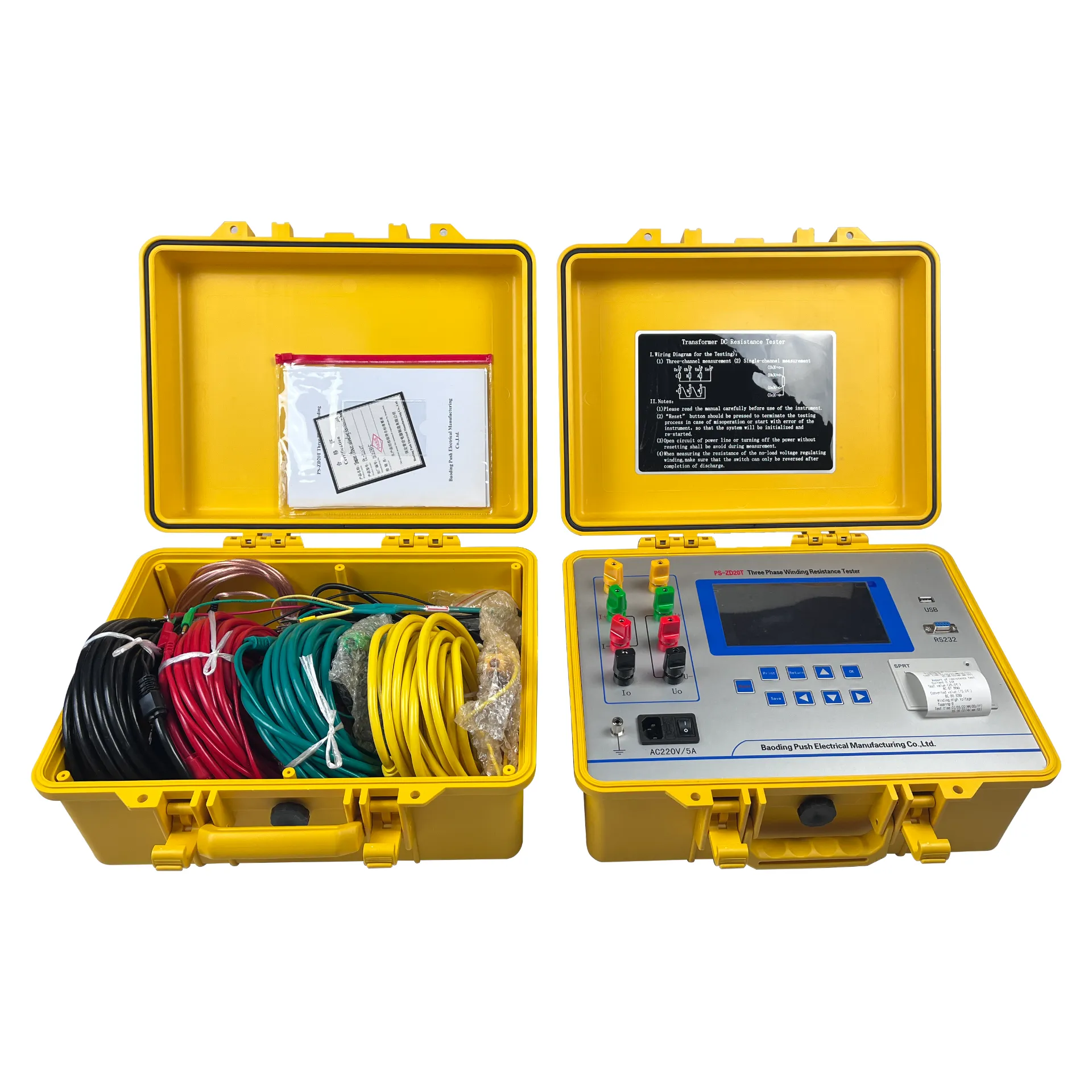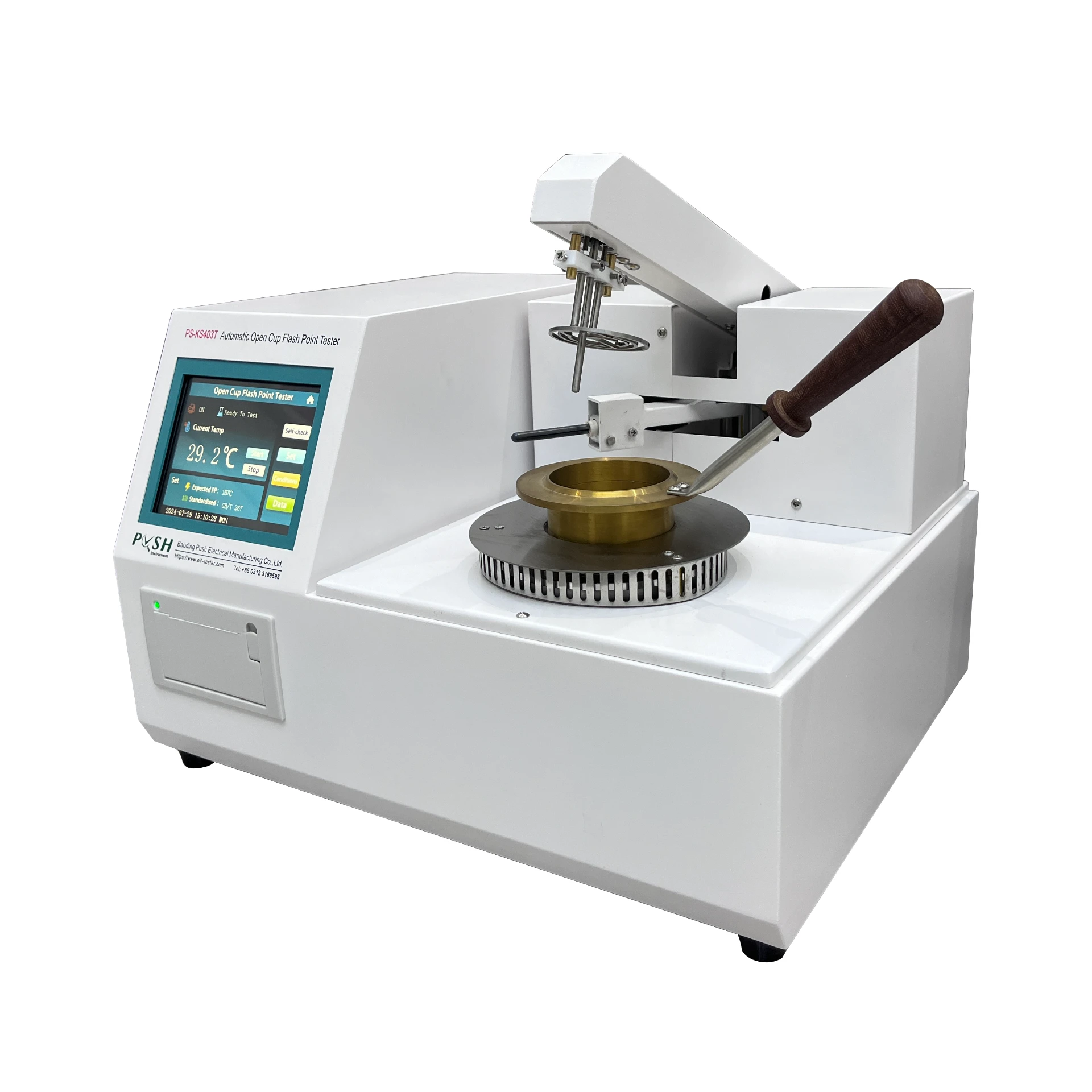TEL:
+86-0312-3189593
 English
English

Telephone:0312-3189593

Email:sales@oil-tester.com
2 月 . 07, 2025 00:59
Back to list
check the functioning of isolation transformer
Isolation transformers play a critical role in various electrical systems by providing galvanic isolation, separating different sections of circuits, and enhancing safety. These transformers are essential in minimizing electric shock risks, reducing noise, and improving the quality of power delivery. This article offers insights into effectively checking the functioning of an isolation transformer, ensuring optimal performance and longevity, based on practical experience and a strong foundation in engineering expertise.
Sound and Vibration Analysis Transformers usually emit a low humming sound under normal operational conditions. Any unusual sounds or excessive vibrations could indicate internal issues like loose laminations or winding defects. Utilizing acoustic measurement tools can help in diagnosing such internal problems accurately. Efficiency Check Evaluate the transformer's efficiency by comparing the input power with the output power. This can be calculated using a power analyzer. While some energy loss is always expected due to heat and resistance, significant losses beyond standard values warrant a detailed examination of each component. Thermal Analysis Heat management is crucial for the optimal performance of an isolation transformer. Use an infrared thermometer to check for hotspots on the transformer surface while it is operational. Uneven temperature distributions can be indicative of overloading or internal faults and can necessitate immediate deactivation to prevent hazards. Harmonic Analysis Isolation transformers can often be exposed to harmonic distortions, especially in systems with non-linear loads. Use a harmonic analyzer to measure the levels of harmonic distortions at both input and output terminals. High distortion levels can adversely affect the performance and longevity of electronic equipment connected to the transformer. Professional Calibration and Maintenance Engage with certified professionals for periodic maintenance and calibration. Depending on your transformer’s usage and operational environment, scheduled inspections by experts can uncover hidden issues, ensure compliance with the latest safety regulations, and prolong the asset’s lifespan. A comprehensive understanding of the factors influencing the performance of isolation transformers is crucial for maintaining system reliability and safety. Armed with the right expertise and tools, regular checks and maintenance can help engineers and technicians detect minor issues before they escalate, ensuring continuity and efficiency in their electrical systems. Leveraging industry-standard practices and innovations, you can safeguard not only your equipment but also your workforce against electrical hazards, positioning your operations as a standard of safety and efficiency in the modern commercial landscape.


Sound and Vibration Analysis Transformers usually emit a low humming sound under normal operational conditions. Any unusual sounds or excessive vibrations could indicate internal issues like loose laminations or winding defects. Utilizing acoustic measurement tools can help in diagnosing such internal problems accurately. Efficiency Check Evaluate the transformer's efficiency by comparing the input power with the output power. This can be calculated using a power analyzer. While some energy loss is always expected due to heat and resistance, significant losses beyond standard values warrant a detailed examination of each component. Thermal Analysis Heat management is crucial for the optimal performance of an isolation transformer. Use an infrared thermometer to check for hotspots on the transformer surface while it is operational. Uneven temperature distributions can be indicative of overloading or internal faults and can necessitate immediate deactivation to prevent hazards. Harmonic Analysis Isolation transformers can often be exposed to harmonic distortions, especially in systems with non-linear loads. Use a harmonic analyzer to measure the levels of harmonic distortions at both input and output terminals. High distortion levels can adversely affect the performance and longevity of electronic equipment connected to the transformer. Professional Calibration and Maintenance Engage with certified professionals for periodic maintenance and calibration. Depending on your transformer’s usage and operational environment, scheduled inspections by experts can uncover hidden issues, ensure compliance with the latest safety regulations, and prolong the asset’s lifespan. A comprehensive understanding of the factors influencing the performance of isolation transformers is crucial for maintaining system reliability and safety. Armed with the right expertise and tools, regular checks and maintenance can help engineers and technicians detect minor issues before they escalate, ensuring continuity and efficiency in their electrical systems. Leveraging industry-standard practices and innovations, you can safeguard not only your equipment but also your workforce against electrical hazards, positioning your operations as a standard of safety and efficiency in the modern commercial landscape.
Next:
Latest news
-
Differences between open cup flash point tester and closed cup flash point testerNewsOct.31,2024
-
The Reliable Load Tap ChangerNewsOct.23,2024
-
The Essential Guide to Hipot TestersNewsOct.23,2024
-
The Digital Insulation TesterNewsOct.23,2024
-
The Best Earth Loop Impedance Tester for SaleNewsOct.23,2024
-
Tan Delta Tester--The Essential Tool for Electrical Insulation TestingNewsOct.23,2024





